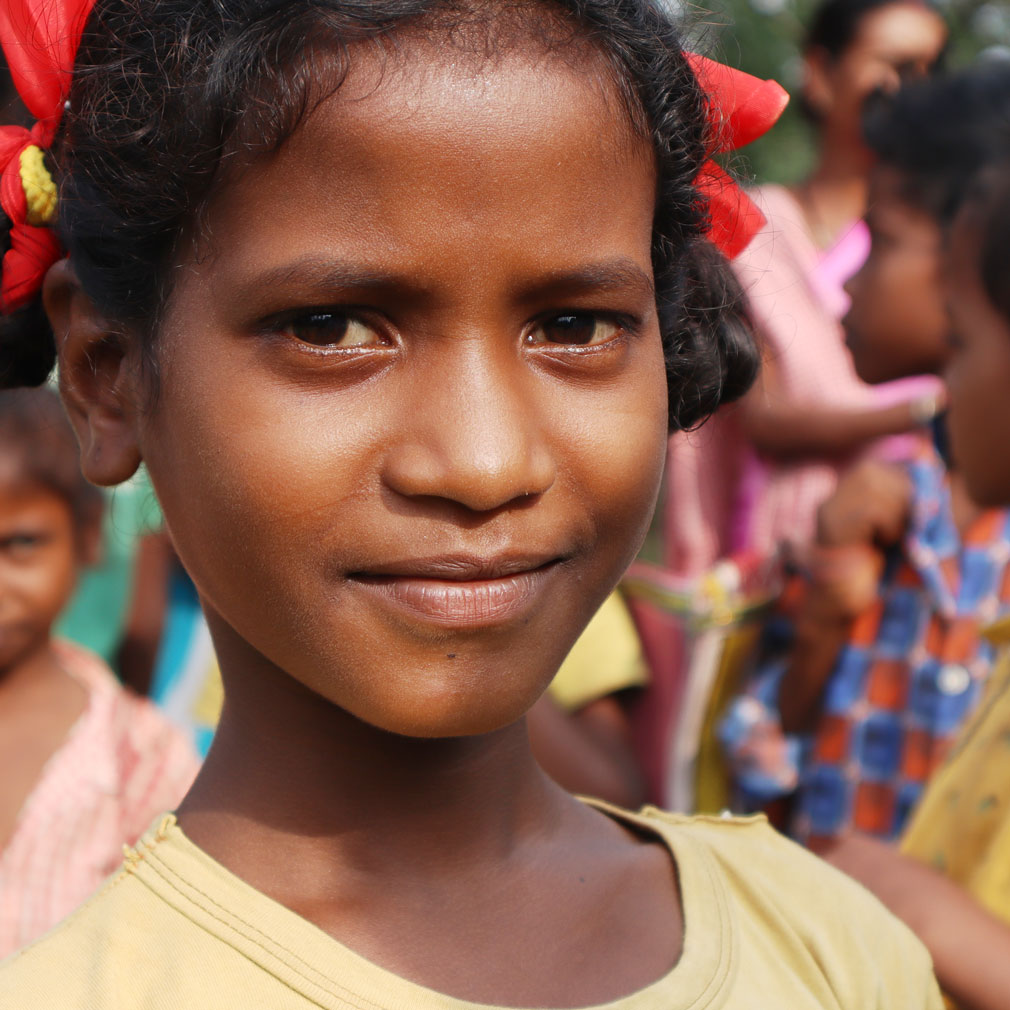
Most children in our project areas come from indigenous backgrounds, each having their own local dialect. To ease their learning integration, we have translated learning materials such as words, rhymes, poems, and stories from school language to home language and vice-versa. The translated material is made available to teachers and students through the digitised app “Bridge Language Inventory” on the DIKSHA platform.

Logo: Professor Amit Sheth
Website Design: Milanth Gautham